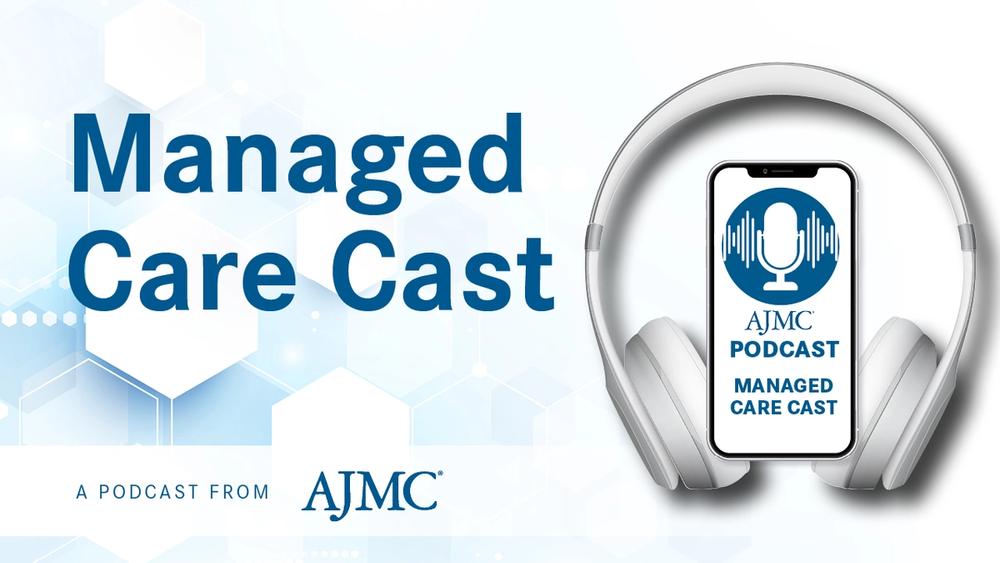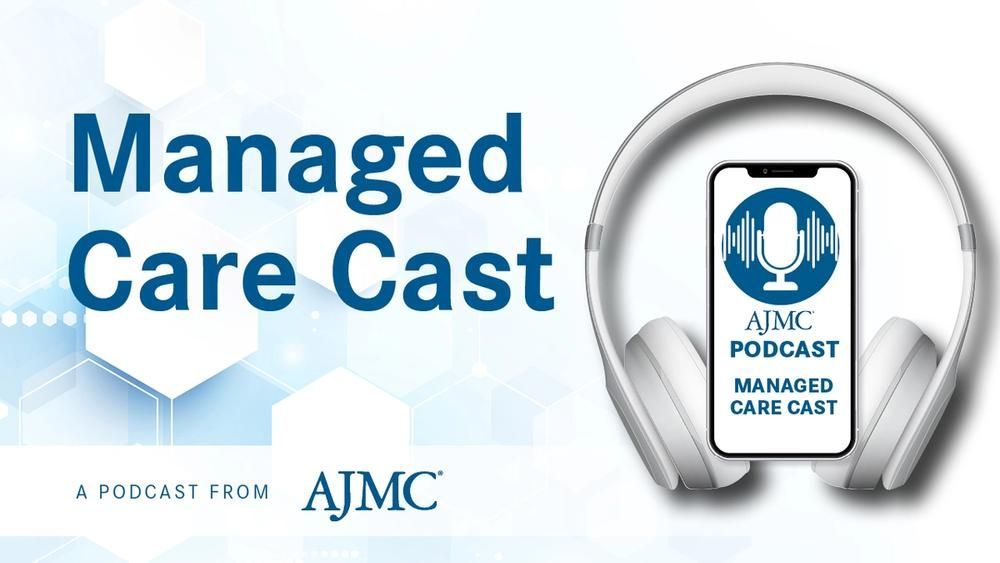Commentary
Video
Navigating Value, Efficacy in Modern CLL Treatment: Pierluigi Porcu, MD
Author(s):
Pierluigi Porcu, MD, speaks to the considerations clinicians need to account for to balance cost, patient experience, and outcomes for those with chronic lymphocytic leukemia (CLL).
As treatment advances continue to reshape chronic lymphocytic leukemia (CLL) care, clinicians face the growing challenge of aligning clinical efficacy with long-term cost sustainability, explained Pierluigi Porcu, MD, director, Division of Hematologic Malignancies, Jefferson Health. To strike this balance, he argued, will take a more holistic understanding of the patient factors and available resources that could impact their treatment. While there has been a growing interest in value-based care models, Porcu noted how their integration into oncology practices remains lacking.
In this interview with The American Journal of Managed Care®, Porcu discussed in more detail the multifaceted considerations clinicians should account for to afford “valuable” care to patients with CLL. These topics, as well as navigating the financial realities of non–small cell lung cancer treatment, multiple myeloma treatment, and more, were explored at a recent Institute for Value-Based Medicine event held in Philadelphia, Pennsylvania.
This transcript has been lightly edited; captions were auto-generated.
Transcript
Can you speak to how clinicians can balance clinical efficacy with long-term cost sustainability? What are some of the challenges here?
Balancing sustainability with cost, with the challenges of actually treating the patients longitudinally over time, is something that requires an understanding of 3 things fundamentally. One is having a good understanding of the risk regarding the disease the patient has, having a good understanding of the comorbidities that the patient has impacting the treatment, and also understanding the practice environment—the payers and all the logistics that go with being able to actually provide access for the patients to the care that you want. Those 3 components are essential.
To what extent are value-based care models influencing treatment decisions in CLL, and how might future reimbursement structures support or hinder access to innovative therapies?
Right now, my impression is that the embracing value-based care is still not where it should be at this point in this in the field—not just in CLL, but in a lot of other oncology fields, and we can discuss why that might be. There are number of reasons. Part of it is due to the fact that value-based care, fundamentally, is about quality, it’s about patient experience, and it's also about making sure that you have some metrics that you can follow that provide understanding of the quality that you provide, that you give.
I think that part of the issue is that you need to understand where the value is. Where is the value for the quality in the case of CLL? Where is the value in terms of the outcomes for the patient? And then, how does that value find its way into reimbursement, model billing, and metrics? I think that that's part of the challenge. And I think we have to find ways to define the value, both from the standpoint of the patient outcomes, as well from the standpoint of quality of life, and from the standpoint of cost, that sort of gets the best of the value across all the different components of this.
2 Commerce Drive
Suite 100
Cranbury, NJ 08512
© 2025 MJH Life Sciences® and AJMC®.
All rights reserved.





